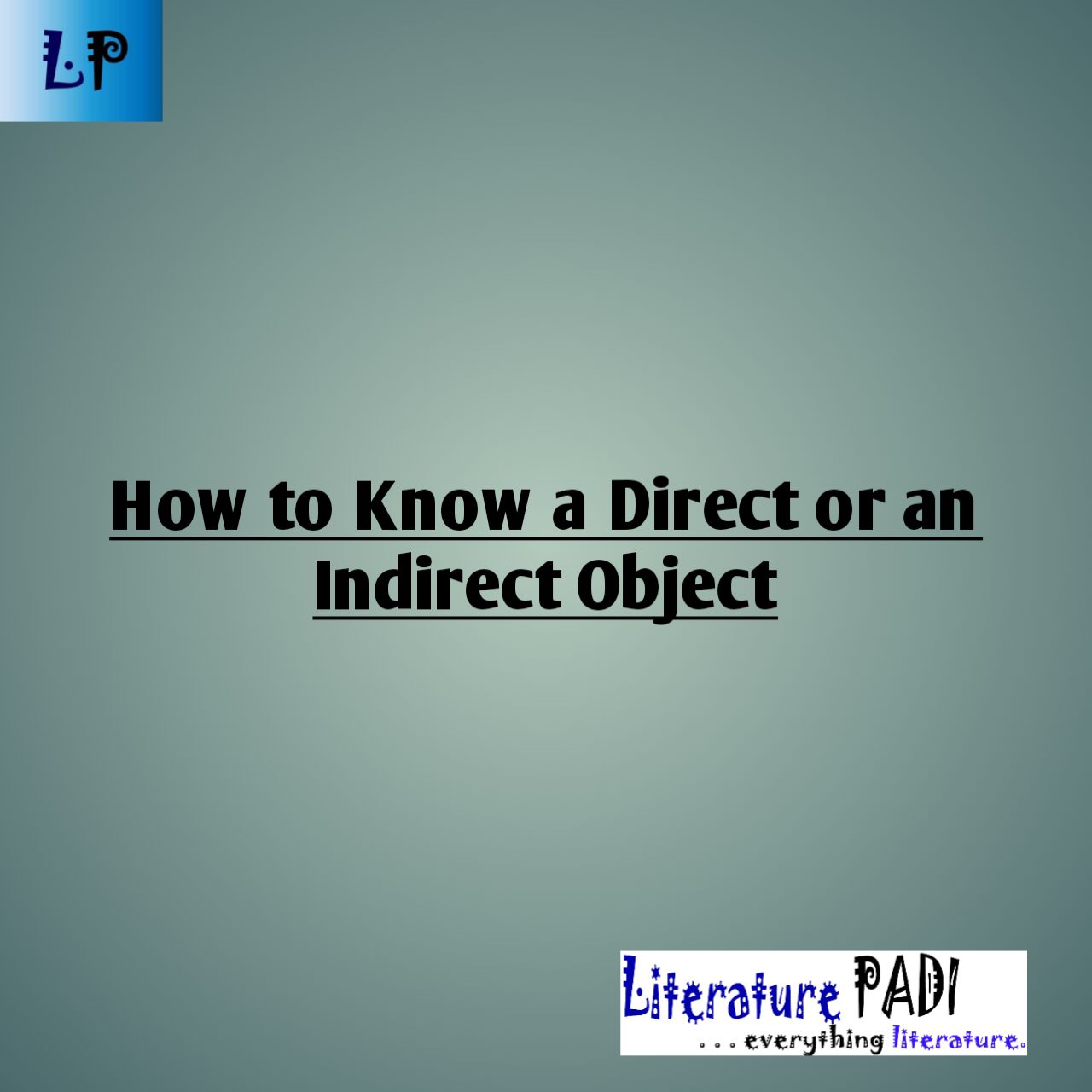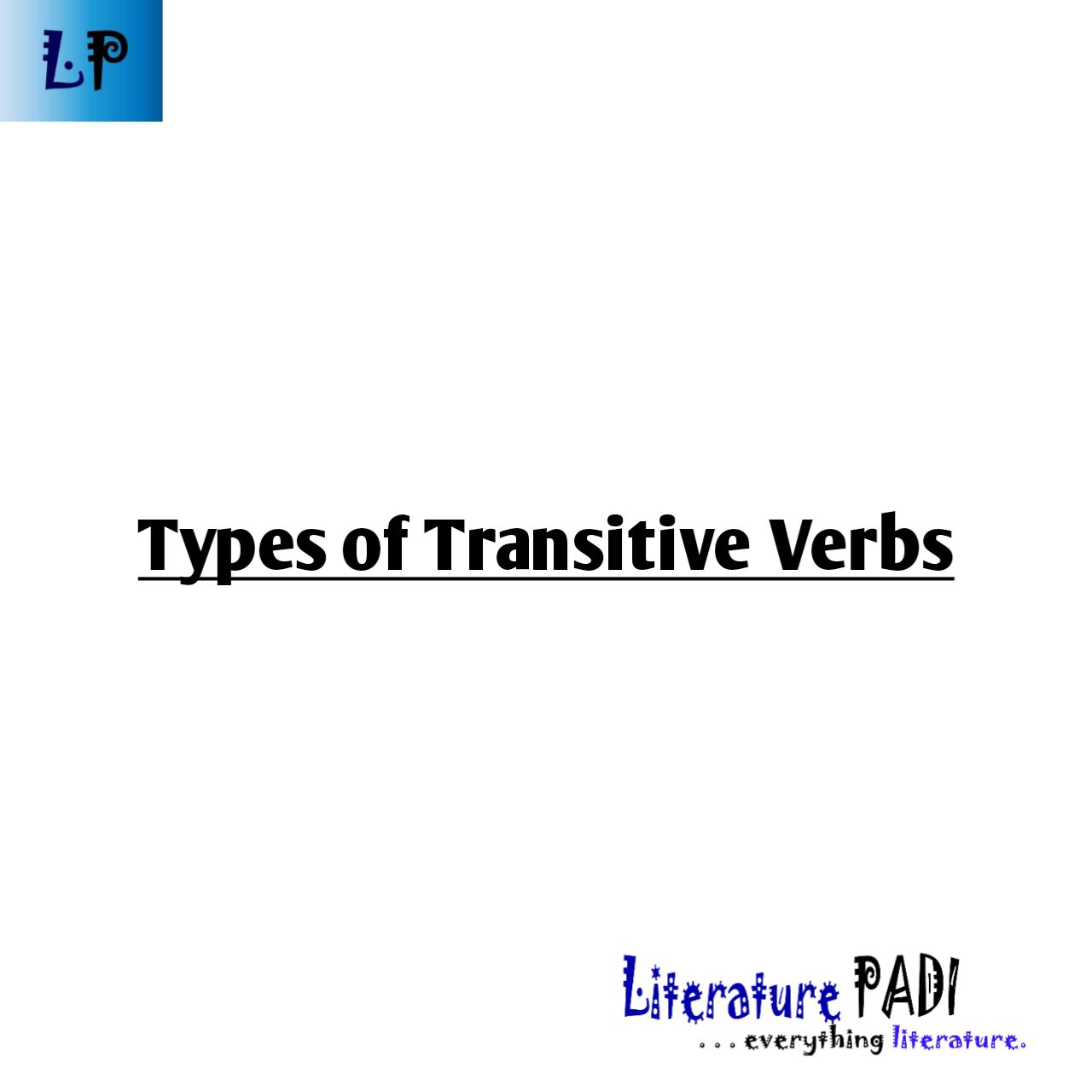🎥 We’re cooking something delicious for you on our YouTube channel. In the coming days, you will learn SSCE literature texts like you're in class 📚✍🏽
Be part of this new journey we are about to embark on.
🔔 Subscribe Now
The direct object is that object which suffers first from the action depicted by the verb.
To distinguish between direct and indirect objects, you should subject the sentence to a TO or FOR transformation, the word that comes after the verb is the direct object. The indirect object comes next after the TO or FOR.
Examples:
1. (a) I sent him a gift
(b) I sent a gift to him.
2. (a) I brought you good news.
(b) I brought good news to you.
3. (a) She gave the man a kiss.
(b) She gave a kiss to the man.
4. (a) I bought him a car.
(b) I bought a car for him.
Receive Literary Updates through our Social Media Channels:
- WhatsApp: Literature PADI
- Telegram: Literature PADI
- YouTube: @literaturepadi
- Facebook: Literature PADI











